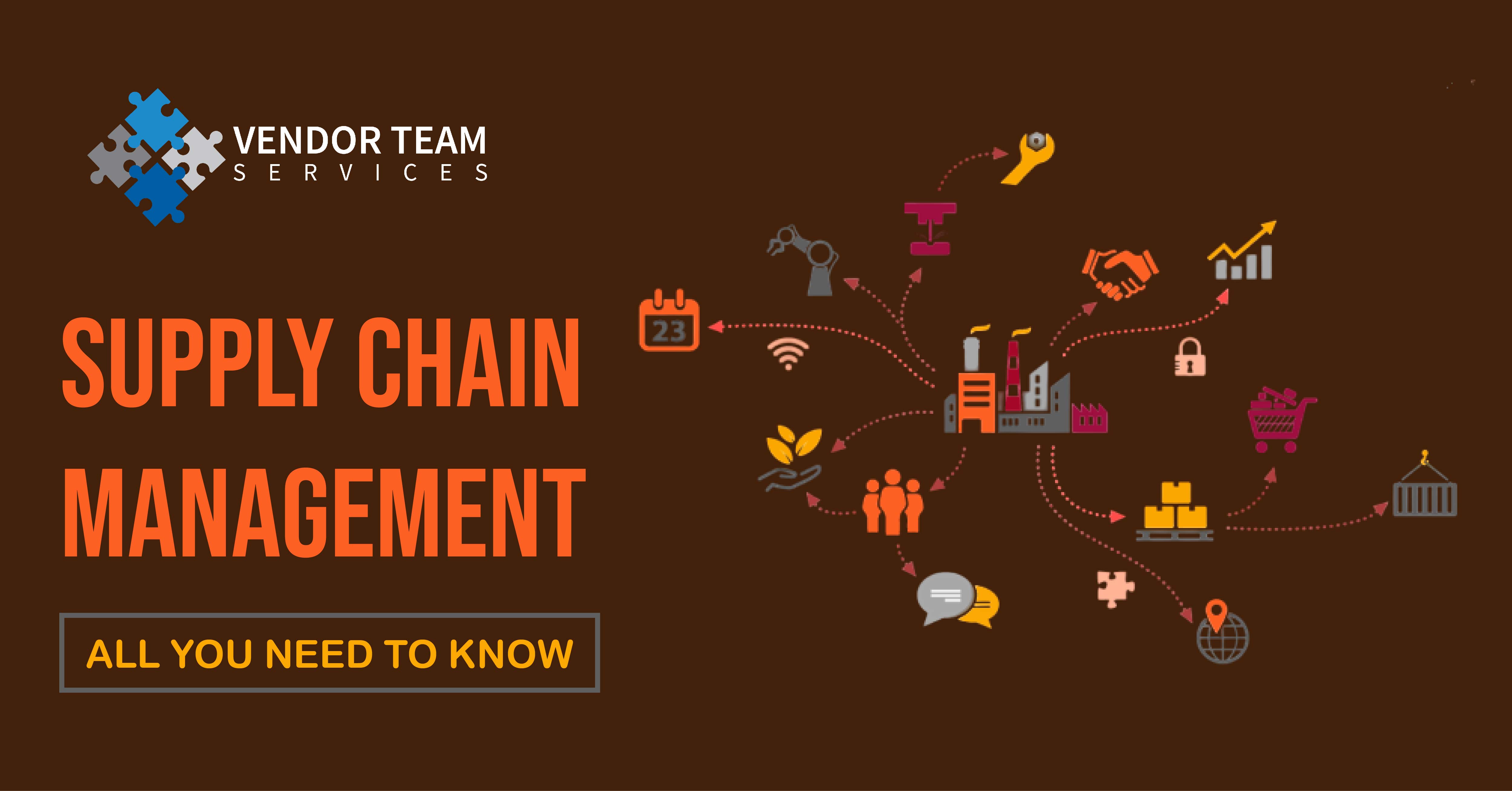Supply chain management is the process that involves everything in the life span of a product, from purchasing of raw materials to production to distribution to reaching the customer most effectively and economically.
It’s not just the flow of materials but also information and capital in functions to optimize the supply chain. And those functions include demand and supply planning, sales and operation planning and, inventory and logistics management.
Demand and Supply Planning
Demand planning is where your supply chain management starts. You must know what you can sell before your production starts so that you don’t produce too little or too much. Exploring the historical sales data and applying some analytics can help you forecast your demand, calculate estimated revenue, and align inventory levels.
Merchandise planning and promotion planning are specific marketing techniques to maximize ROI and to create short-term product demand with special prices. Demand Planning, Merchandise Planning, and Promotional Planning are the three aspects of Demand management.
Once the demand plan is devised, the next step is to match the demand with supply management. Supply management consists of four areas, production planning, supply planning, inventory planning, and distribution planning.
The next step is production planning, where the company drills down specifics of production. Organizations often use advanced software to plan, schedule, and optimize resources for production and line them with the fluctuations in demand. The other part of production planning is material requirements planning. It’s the assessment of materials and components available for production by keeping tabs on inventory which completely eliminates production gaps.
Inventory and Distribution Planning
Inventory planning and capacity planning comes next. Aligning inventory to the production needs is vital, and capacity planning determines the workforce and equipment needed for production to meet the demands.
Distribution planning focuses on the movements of goods right from the start of the transportation and storage of raw materials for production to the distribution of products to wholesalers and retailers or directly to the customer. It also refers to packaging, warehousing, and inventory management. Distribution logistics not only plan for logistics but also reverse logistics such as return and recycling. Your logistical management should be built side by side to your inventory management for the best possible execution.
Sales and Operations Planning
Preparing demand planning as a part of sales and operations planning, empowers the management team to focus on sales and marketing data to reconcile demand and supply plans.
Executed every month, considering the financial and business impacts, sales and operations planning can create an actionable and efficient supply chain workflow for the organization to stay on top of your business curve.
Another major component of supply chain management is procurement or source planning. This process involves identifying economical suppliers for acquiring goods for production. Exceptional communication and flawless paperwork management to show real-time bought to sold ratio are the significant elements of procurement planning.
Conclusion
As we head into a transformative future, organizations need to blend business knowledge and technology advancements with effective collaboration and implementation of acquired skills. So, enhancing the supply chain management ability by equipping your team with all essential tools and expertise is vital.

